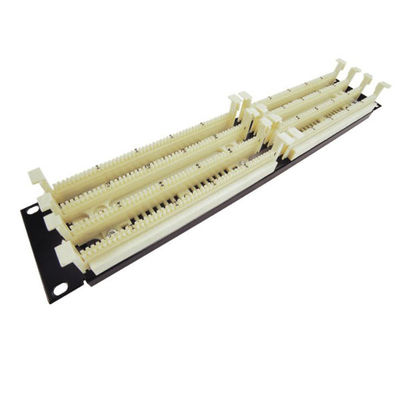
It should be designed to industry standard pin spacing and be capable of withstanding industrial currents and voltages. The IDC contact should be manufactured in a shock-proof housing to prevent electrical shock or shorting. The contact should have good corrosion resistance, so look for a metal body that is plated copper alloy. This ensures a reliable solution over time in harsh environments. You should look for connections between the contact and the wire to be gas-tight. IDC technology is designed to save up to 60% of installation time and can be terminated with no special tools or stripping of the conductors. The terminal block should have test reports validating the ability to stand up in areas of vibration, corrosion, and current-carrying capability and should include a wide range of international approvals such as UL, CSA, DEMKO, SEMKO, FINKO, Lloyds, etc.Īutomation Systems Interconnect, IDC Saves Money The contact should be designed to be reterminated multiple times without deformation to the contact area. The contact should be made out of a special spring-type copper alloy and should be nickel-plated to provide a high-quality electrical connection and prevent any problems associated with corrosion. In the case of our connector, the contact is at a 45° angle to the wire, eliminating any potential problems while ensuring a constant axial force on the wire during the life of the termination (3 in figure). The contact should be designed to eliminate any potential damage to stranded wire during wire termination. The contact should provide a gas-tight connection, which is necessary to stand up to the environments in an industrial application with corrosion or contact problems, to provide years of reliable operation (2 in figure).

The terminal block housing should be designed such that the housing provides insulation support on both sides of the termination contact, thereby protecting the wire connection in the event of vibration (1 in figure). The IDC terminal block is designed to meet IEC 947-7-1, the international standard for all IEC types of terminal blocks. Regarding where not to locate IDC terminations, the only obvious prohibition would be where the temperature environment would exceed the temperature range of the terminal block, which would be the same requirement of any type of terminal block including screw clamp or spring clamp). The applications range from connections to PLCs and other control systems, marshalling cabinets located throughout the plant, motor control centers, test equipment, HVAC wiring, security and energy management wiring, and local control panels in the plants, to a wide variety of instrumentation. We have a considerable amount of experience with our IDC terminal blocks used in industrial environments.

Send us your comments, suggestions, or solutions for these problems. Do the time savings offset the extra costs? Do customers see the value? We'd like to hear from machine builders about this. There look to be advantages for saving time and money when building the machines, for off-site troubleshooting, and for the customers' ease of reconfiguration. We're beginning to think it would be good to convert to wiring modules and quick disconnects for our machine control system. By failed, I mean the circuit was open completely or intermittently. At the end of one year, 19% of the IDC terminal connections had failed and 0% of the cage-clamps had failed. At the end of three months, we had an 8% failure of the IDC terminals and a 0% failure on the cage-clamps. We used both cage-clamp and IDC terminals. We just had a few 120 VAC and 24 VDC circuits that had lamps on them.

We built a test panel to mount on a piece of road equipment. Sales reps have been telling us that IDC terminals have improved and are the way to go. This equipment is very high vibration and must work in temps ranging from 0-100° F-plus. We design and fabricate the control panels for them. One of our toughest customers is a road construction equipment builder. We have switched to cage-clamp terminals for our unspecified control panels. We sell into global environments with varying degrees of vibration, repetitive motion, etc. That's fine, but I'd like to hear what real users know about the increased likelihood of having to run down loose connections in the field later on. They argue IDC means lower installation costs and reduced cabinet space as a result. Now, we have customers that prefer and sometimes specify insulation-displacement connectivity. Until recently, for better or worse, we used screw-clamp terminal blocks for connections. It seems to be a pretty timeless piece that's well-suited for our anniversary look back at the content we've produced during the past 15 years.

We first published this terminal block discussion in the November 2003 issue.


 0 kommentar(er)
0 kommentar(er)
